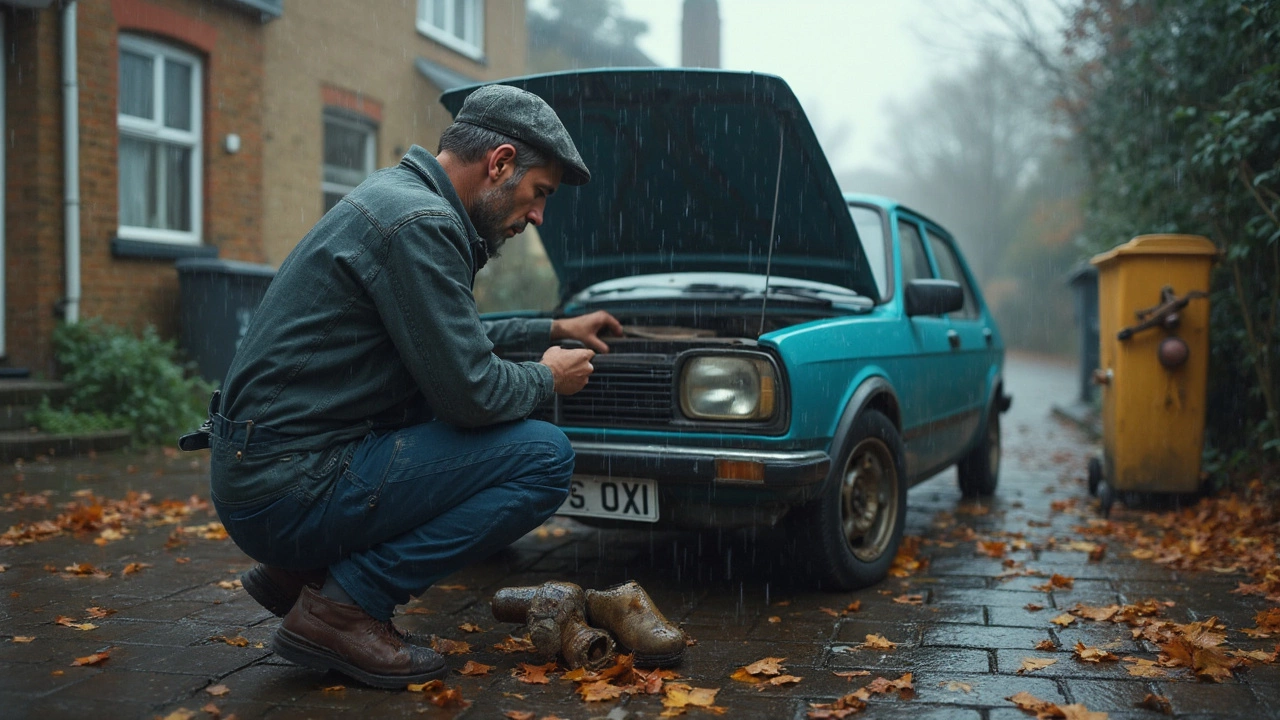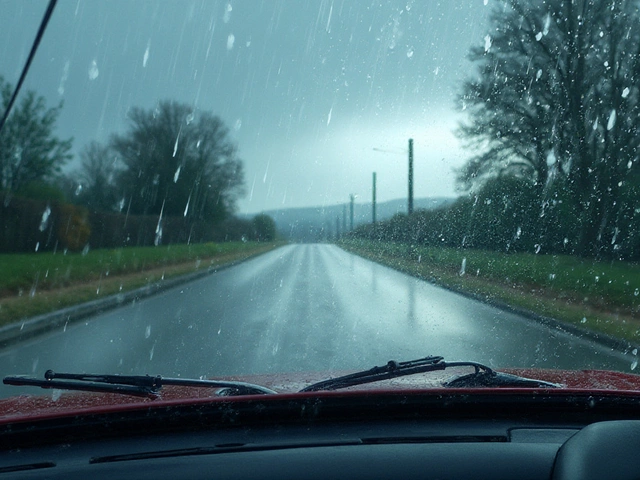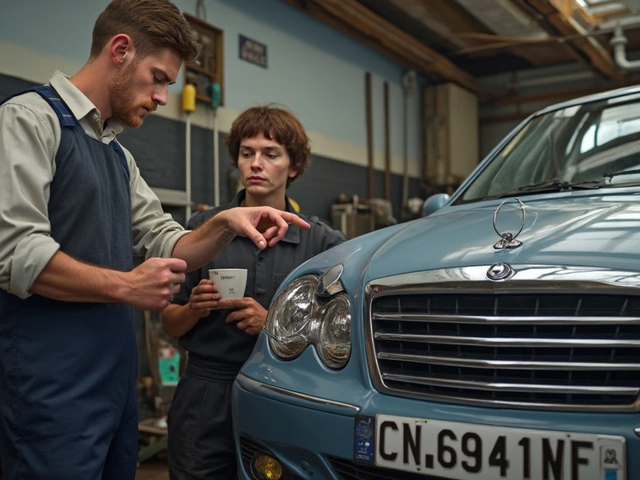Clutch Adjustment: When, Why, and How to Do It Right
Feel that shudder when you shift gears or notice the clutch pedal getting sticky? Those are classic signs the clutch needs adjusting. Ignoring the problem can lead to harder gear changes, noisy gears, or a burnt‑out clutch. Luckily, a proper adjustment is often quick and cheap, especially if you catch it early.
Spot the Symptoms Early
Before you grab a wrench, make sure you’re dealing with a mis‑adjusted clutch and not a worn disc. Look for these clues:
- Pedal feels loose or has too much free play.
- Gear changes are difficult, especially into first or reverse.
- Clutch engages too high or too low in the pedal travel.
- Engine revs rise but the car doesn’t move – a classic “spinning revs” sign.
If you see most of these, an adjustment is likely the answer.
Do It Yourself or Visit a Shop?
Adjusting a clutch is doable for DIYers with basic tools. You’ll need a socket set, a torque wrench, and the service manual for your car’s exact procedure. The steps usually go like this:
- Park on a flat surface and block the wheels.
- Locate the clutch adjustment mechanism – it’s often a threaded rod or a bolt behind the pedal.
- Loosen the lock nut, turn the adjuster to reduce free play (usually 1‑2 cm), then retighten the lock.
- Test the pedal feel. You want a small amount of free play before the clutch starts to engage.
- Take the car for a short drive, shifting through all gears. If it feels smooth, you’re done.
If you’re not comfortable with this, a local garage can handle it in 30‑45 minutes. Expect to pay anywhere from £30 to £70 for labour, depending on the shop and car model.
While you’re at it, ask the mechanic to check the clutch disc thickness and the flywheel condition. A simple visual check can prevent future break‑downs and may save you from a full clutch replacement later.
Remember, regular checks can extend clutch life. A quick pedal test every few months, especially after heavy hill climbs or city stop‑and‑go traffic, helps you notice wear before it becomes a costly repair.
In short, a clutch adjustment is a low‑cost maintenance task that can dramatically improve shifting feel and keep your manual car happy. Spot the symptoms, decide if you want to DIY or let a pro handle it, and don’t let a sloppy pedal ruin your drive.
 26 June 2025
26 June 2025
How to Fix a Slipping Clutch Without Replacement: Proven Tips and DIY Solutions
Learn proven techniques to fix a slipping clutch without replacing it. Get DIY tips, real solutions, and interesting facts to save money and drive smoothly.






0